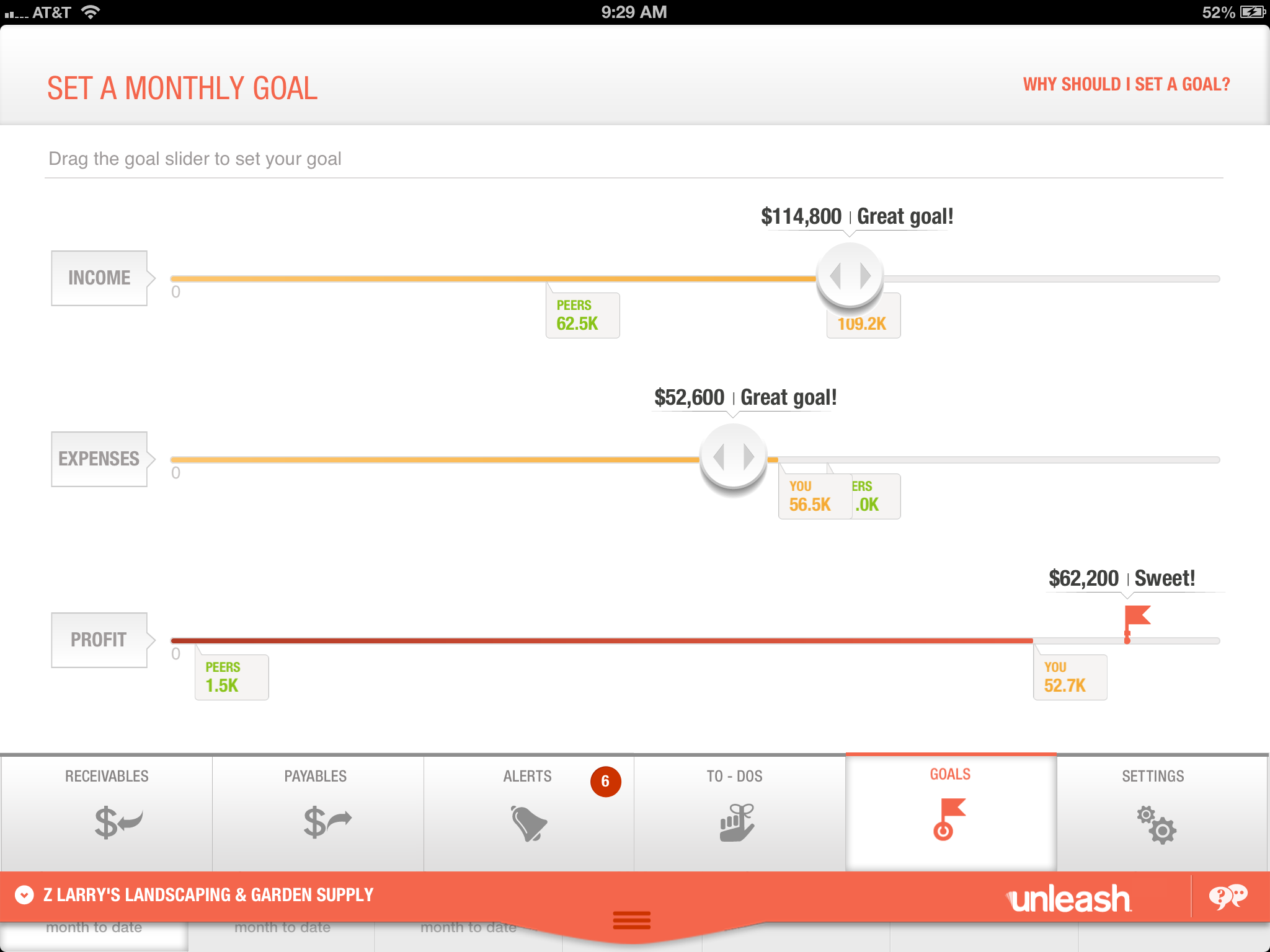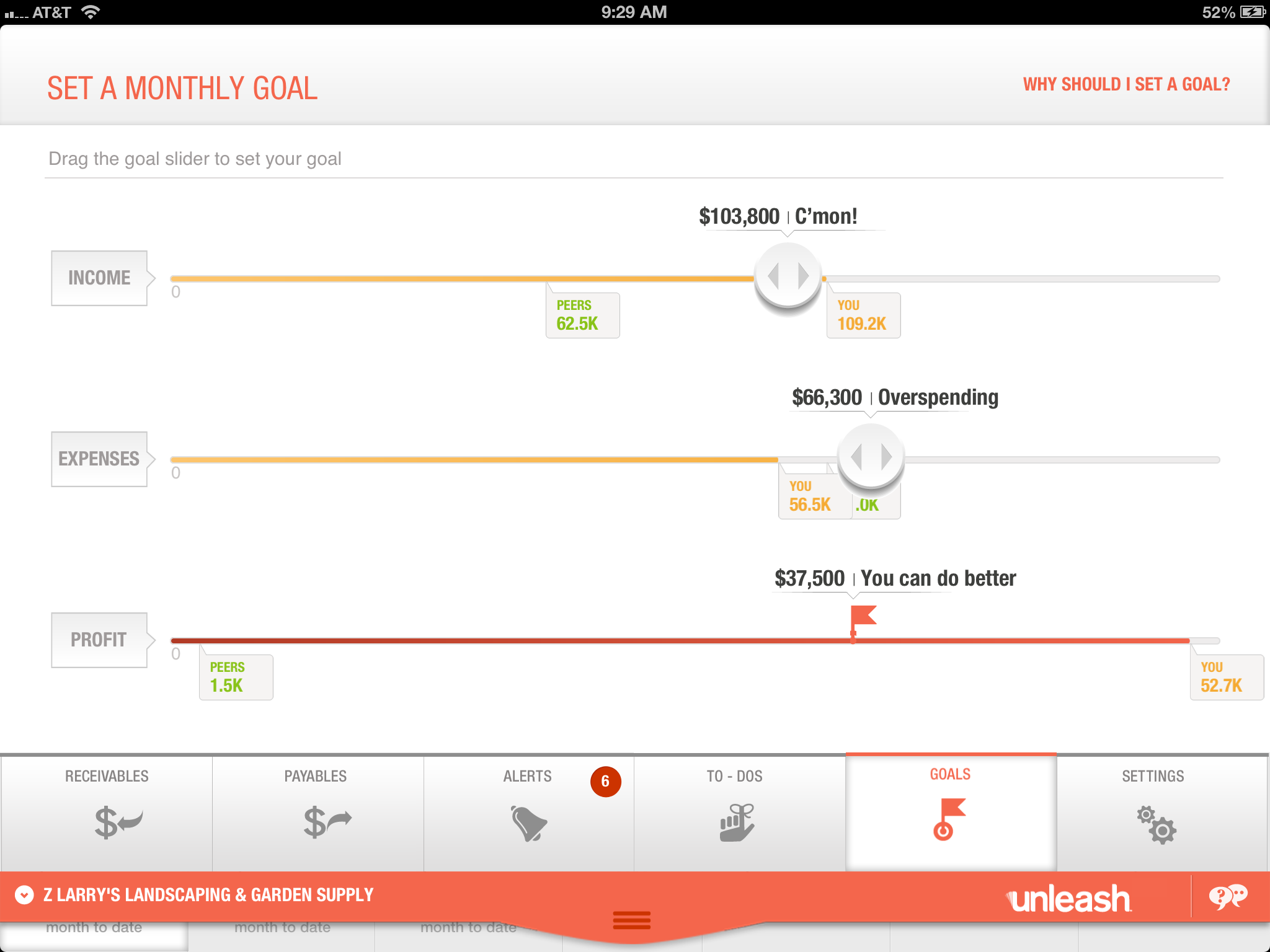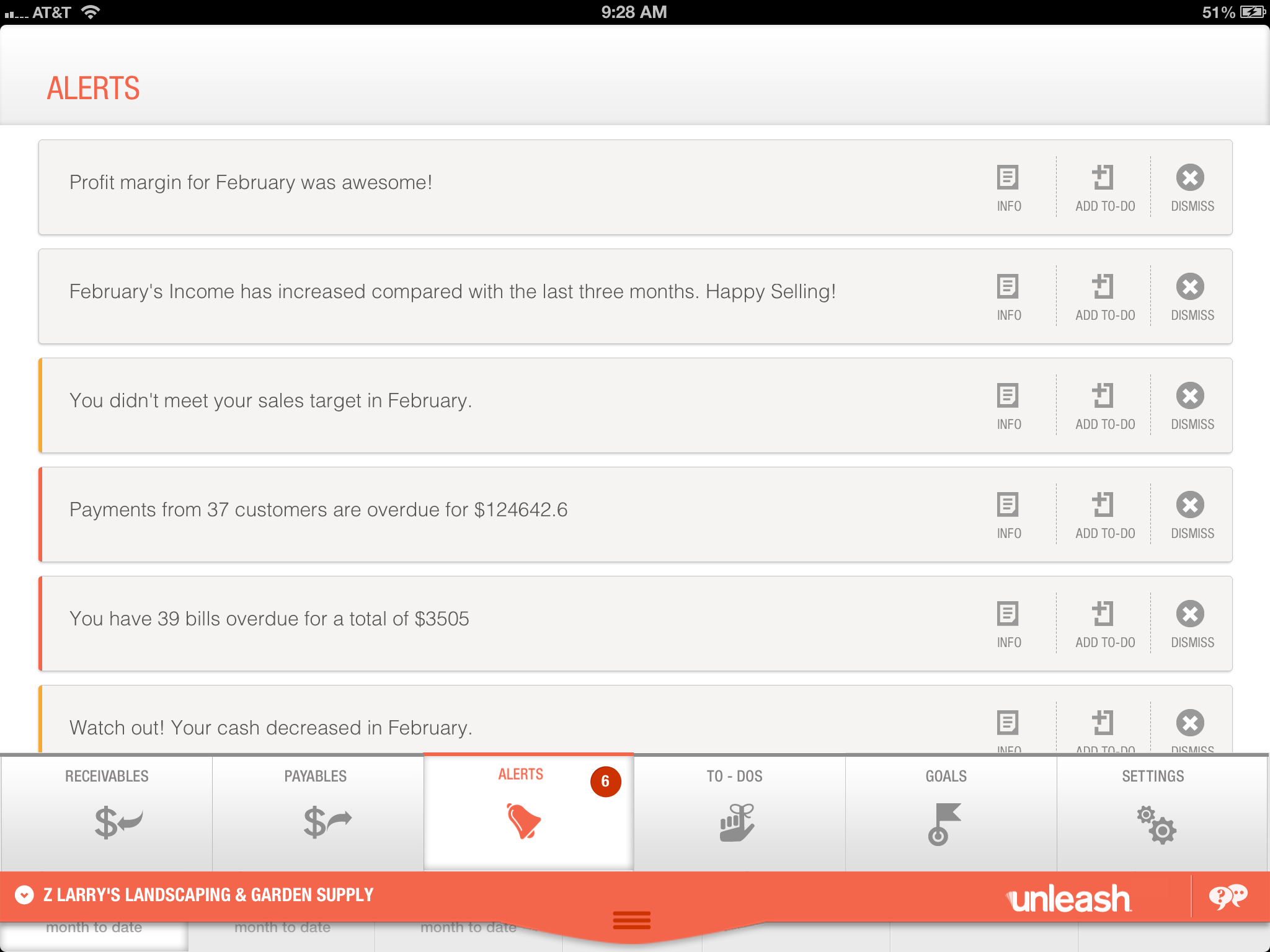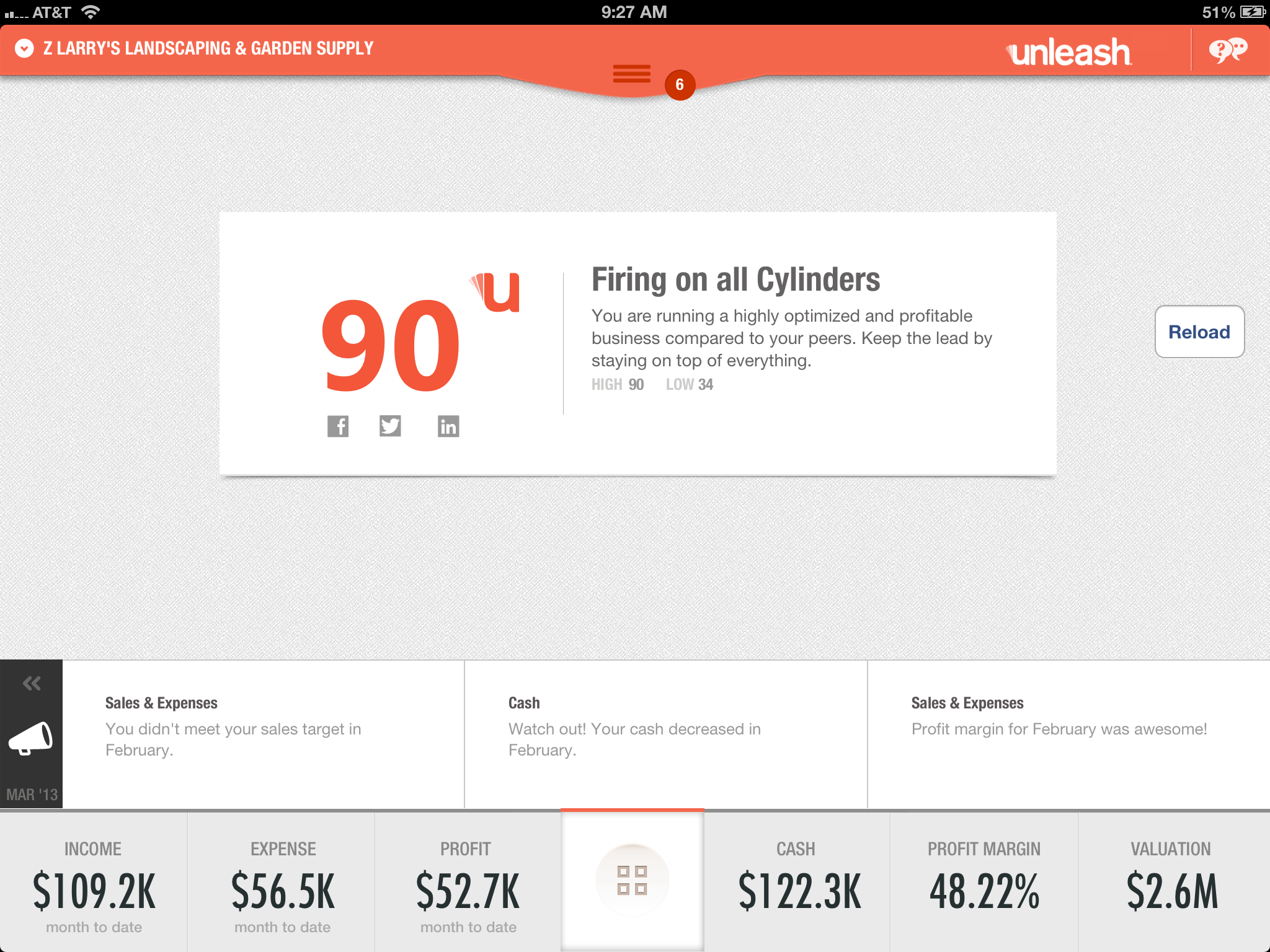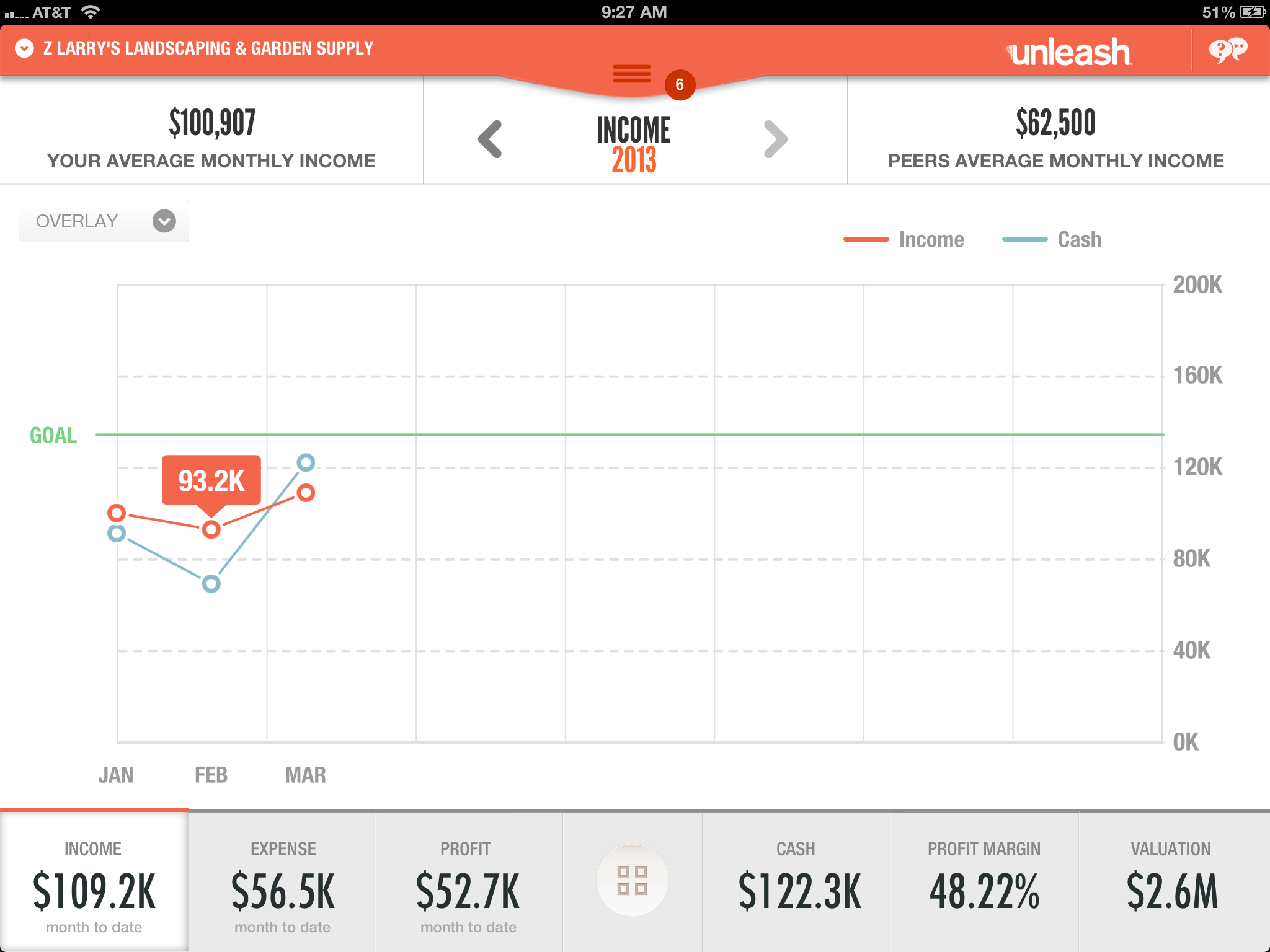Kelly Phillips Erb for Forbes writes: Inflation often makes consumers worry. Nobody wants prices to go up – and that tends to be our gut reaction when we hear about inflation. But sometimes, a little inflation can be a good thing (no, I’m not channeling Janet Yellen).
When it comes to taxes, the Tax Code provides for mandatory annual adjustments to certain tax items based on inflation. And, according to CCH, part of Wolters Kluwer and a leading global provider of tax, accounting and audit information, software and services, that’s going to result in savings – albeit modest – for most taxpayers. George Jones, a Senior Federal Tax Analyst at CCH, explains:
Most taxpayers benefit from inflation adjustments since the adjustments tend to preserve the value of most, but not all, of the dollar-based benefits under the Tax Code year after year.Of those tax items subject to mandatory annual adjustments, federal income tax brackets tend to get the most attention. They have been subject to adjustment for nearly 30 years. However, it certainly didn’t stop there: inflation adjustments are now routinely included in new tax legislation. Which tax items are subject to adjustment – and how much – can be confusing for taxpayers. Luckily, there are tax professionals out there who can sort it all out for you.Leading the pack, this week, Wolters Kluwer, CCH released estimates for the 2014 tax brackets and other tax items affected by inflation, such as the personal exemption and the standard deduction. Their predictions indicate that most taxpayers will end up with a few more dollars in their pockets.With respect to the adjusted tax rates, here’s how the savings might shake out: a married couple filing jointly with a total taxable income of $100,000 should pay $145 less income taxes in 2014 than in 2013 and a single filer with taxable income of $50,000 should owe $72.50 less next year.It gets better. Standard deduction and personal exemption amounts will be slightly higher in 2014, as will income ceilings for tax benefits such as education credits, individual retirement account (IRA) contributions and more.The standard deduction for single taxpayers, heads of households and married couples filing jointly will all show increases for 2014, by $100, $150 and $200, respectively. The standard deduction for joint filers, for example, would rise from $12,200 to $12,400 in 2014. What this means for taxpayers is lower taxes: increases in the standard deduction decrease taxable income which means lower taxes.The additional standard deduction for those age 65 or older or who are blind will stay at $1,200 level for 2014 for married individuals and surviving spouses but will increase to $1,550 for single aged 65 or older or blind filers.The personal exemption amount gets bumped up by inflation by $50, to $3,950 in 2014 after having increased $100 between 2012 and 2013. The personal exemption phaseout (PEP) still applies: the 2014 phase out range for personal exemptions begins at $305,050 for joint filers and $254,200 for single filers. The same income ranges apply to the phase-out of itemized deductions; those limitations are called Pease limitations, named after former Rep. Don Pease (D-OH).The PEP and Pease limits were slated to be reduced beginning in 2006 and eliminated in 2010; as with the other tax cuts, the elimination was extended through the end of 2012. The limitations were brought back in 2013 at the original thresholds, indexed for inflation. The result of those changes is basically an increase in the top marginal tax rates.And it’s not just income tax that will see changes: the federal gift tax annual exclusion – how much a donor can gift to any number of persons in one year without being subject to federal gift tax – will remain at $14,000. In contrast, the estate and gift tax applicable exemption – the amount that you can give away during your lifetime or bequest at your death without being subject to federal estate tax – will rise from $5,250,000 in 2013 to $5,340,000 for 2014. With the new portability provisions, the federal estate-tax exclusion can be shared between a husband and wife, making the total that can pass with no federal estate and gift tax payable effectively $10,680,000 for 2014.And this year, there’s a new kid in town when it comes to inflation: the alternative minimum tax (AMT). In years past, the AMT was subject to a last minute scramble by Congress to “patch” the exemption. This year, things are different. As part of the American Taxpayer Relief Act of 2012 (ATRA), signed into law on January 2, 2013, the AMT will be permanently adjusted for inflation. This was such a big deal that, when I reported it in January, I put it in red. Before this year, Congress hadn’t touched the AMT, other than to patch it, in more than 40 years.For 2014, Wolters Kluwer, CCH projects that the AMT exemption for married joint filers and surviving spouses will be adjusted upward to $82,100, up from $80,800 in 2013. For unmarried single filers, the 2014 exemption will be $52,800, up from $51,900 in 2013; and for heads of household, the exemption will increase to $52,800, up from $51,900 in 2013.
Not all tax items will be affected. “Rounding conventions” will keep some tax item for 2014 the same as in 2013. This includes the $5,500 limit on IRA contributions. Also staying put? The amount of unearned income a child can take home without paying tax remains at $1,000: after that, kids are subject to the kiddie tax.Wolters Kluwer, CCH’s projections are based on the data released by the Department of Labor on September 17, 2013, by the U.S. Department of Labor. Most adjustments are based on Consumer Price Index for September through August prior to the adjusted year; some inflation-adjusted figures are computed at other times.The IRS usually releases official numbers by December each year; sometimes, it’s as late as January. You can see the 2013 numbers here. It’s worth noting that these Wolters Kluwer, CCH tax bracket projections are for illustrative purposes only and should not be used for income tax returns or other federal income tax related purposes until confirmed by the IRS.


